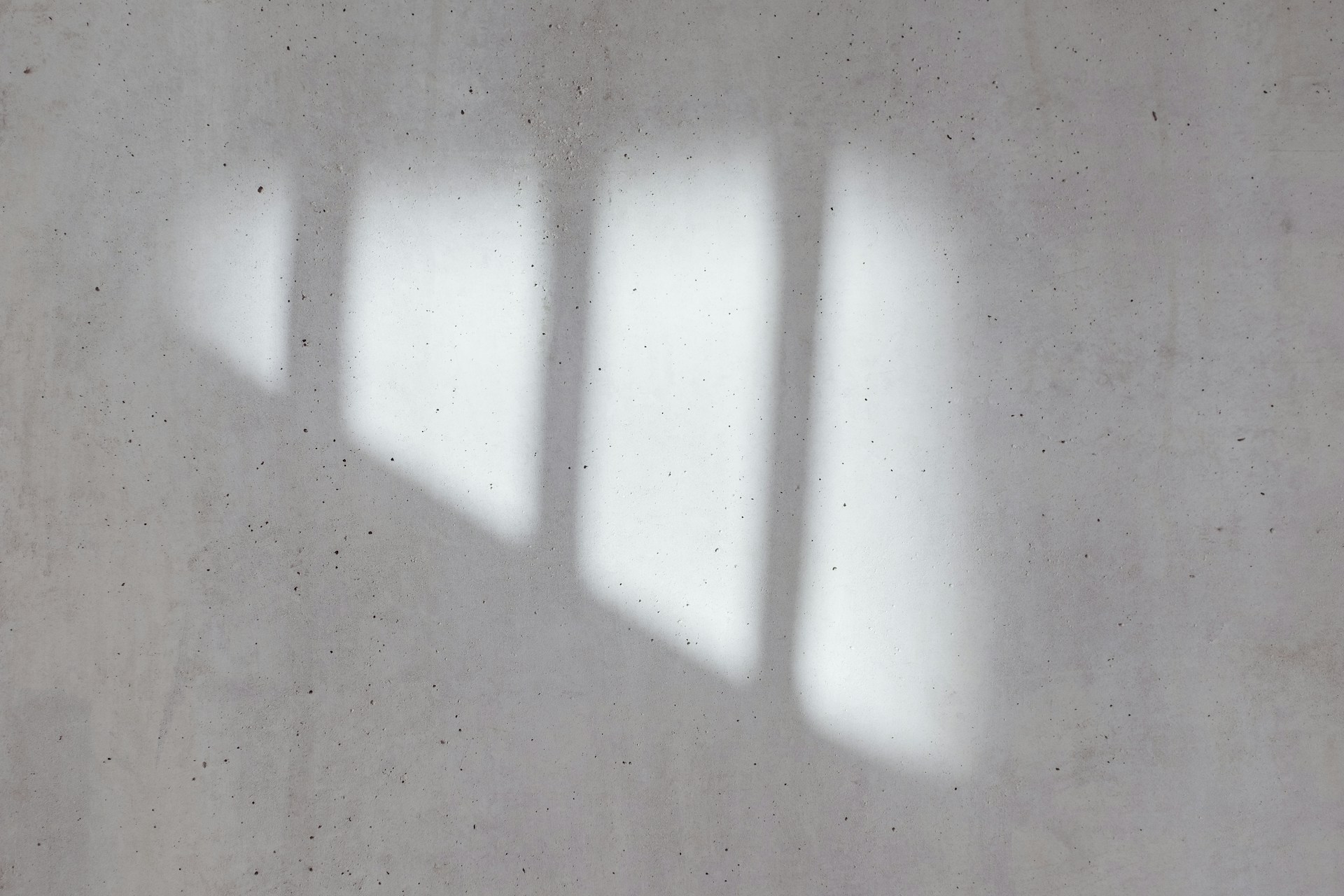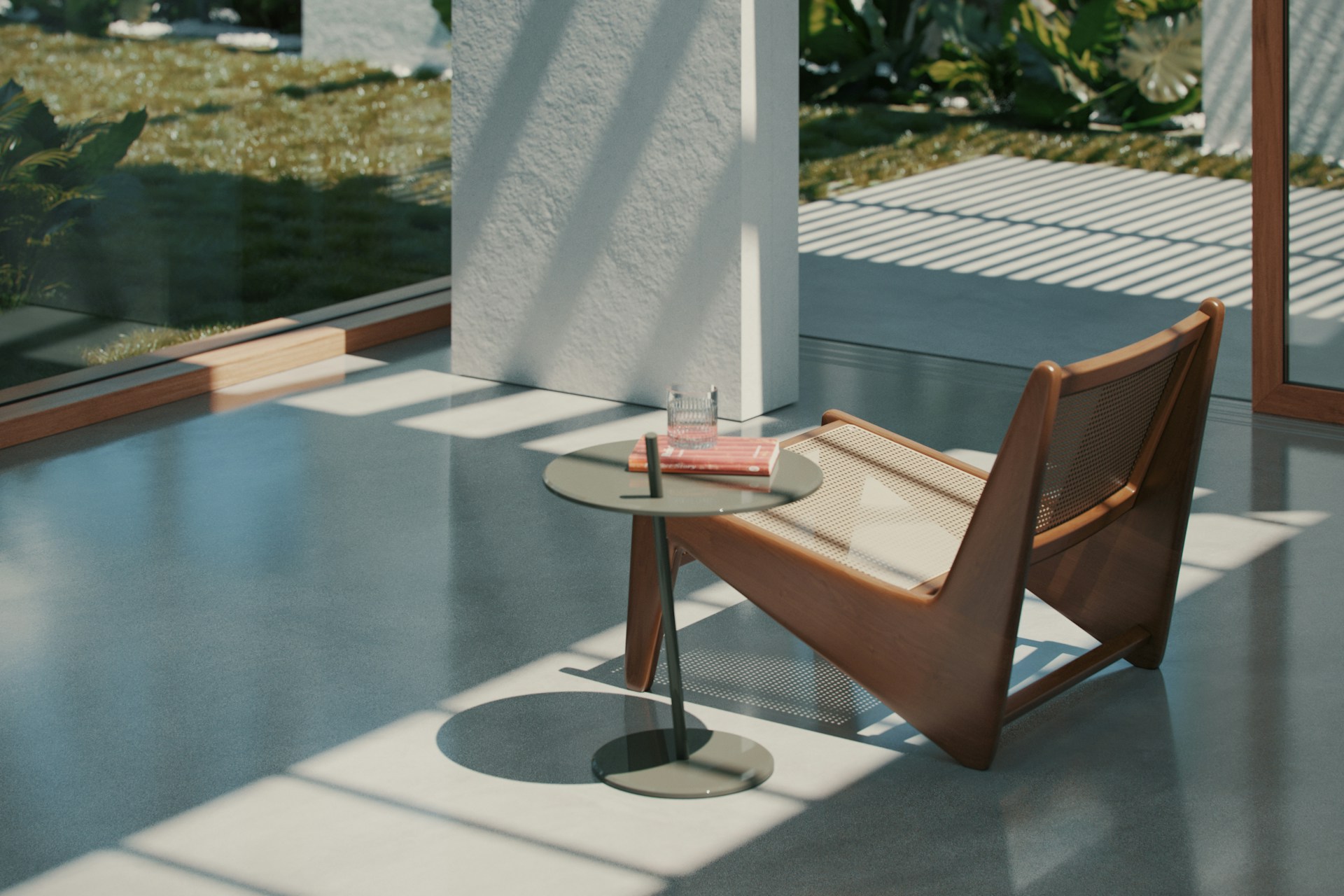
How Concrete Sealing Prevents Mold and Mildew in Oceanside’s Humid Climate
When you live in Oceanside, CA, the ocean breeze, stunning coastline, and warm weather make it a paradise. But paradise comes with a price—humidity. And with high moisture levels lingering in the air year-round, your outdoor and even some indoor concrete surfaces are at constant risk for mold and mildew.
From patios and pool decks to driveways and walkways, concrete is a magnet for moisture. If left untreated, it doesn’t just look bad—it becomes a slippery, health-hazardous, and costly problem. The good news? There’s a simple, proactive solution: concrete sealing.
Why Oceanside’s Climate Fuels Mold Growth
Oceanside, located along the coast of Southern California, experiences mild, damp winters and humid, marine-layer mornings throughout much of the year. While that makes for beautiful sunrises and a lush environment, it also means one thing: concrete surfaces rarely stay dry for long.
Mold and mildew thrive in environments that are:
- Moist
- Shaded
- Poorly ventilated
Your backyard patio, front walkway, or concrete retaining wall provides the perfect surface for these spores to settle, grow, and multiply—especially after foggy mornings or the occasional rainy day.
Over time, these unsightly patches don’t just discolor your concrete—they:
- Eat into porous surfaces
- Create slippery, dangerous conditions
- Release airborne spores that are harmful to respiratory health
- Lower your property’s curb appeal and value
Why Concrete Is So Vulnerable
Concrete may feel rock-solid (because it is), but it’s not waterproof. In fact, concrete is highly porous, full of tiny air pockets and capillaries that allow water to seep in. Once moisture enters, it doesn’t just sit there—it gets trapped, giving mold and mildew the damp conditions they love.
In addition, Oceanside’s salt air can accelerate concrete breakdown over time, opening more space for spores to cling and grow.
How Concrete Sealing Stops Mold and Mildew in Their Tracks
Concrete sealing is a professional-grade treatment that creates a protective barrier over your concrete surface. The right sealer:
- Repels water before it can seep in
- Blocks dirt and organic material mold feeds on
- Prevents UV damage, which breaks down surfaces and invites biological growth
- Makes cleanup of spills and contaminants easier
By sealing concrete, you’re essentially closing the door on mold and mildew before they ever have a chance to get inside.
Here’s how it works step-by-step:
1. Deep Cleaning and Surface Prep
Professionals start by pressure washing or chemically cleaning the surface to remove existing mold, mildew, stains, and debris. This is critical—sealing a dirty surface traps problems underneath.
2. Surface Repair (If Needed)
Cracks and pits are filled in to prevent water from pooling or seeping below the surface.
3. Application of Sealer
A high-quality sealer—either penetrating or film-forming—is applied evenly across the surface. It seeps into pores or forms a water-tight membrane, depending on the type used.
4. Curing and Final Inspection
After drying, the surface is left water-resistant, stain-resistant, and smooth—without sacrificing breathability.
Types of Concrete Sealers Ideal for Oceanside
Not all sealers are created equal. For Oceanside’s unique coastal environment, the top choices are:
Penetrating Sealers (Silane/Siloxane)
- Best for exterior surfaces like driveways and walkways
- Soaks into the concrete and repels water without altering appearance
- Long-lasting and UV resistant
Acrylic Sealers
- Great for decorative patios and stamped concrete
- Adds a slight sheen and enhances color
- Protects against water, salts, and mild abrasion
Polyurethane or Epoxy Sealers
- Often used in garages or commercial spaces
- Highly durable and glossy but less breathable (not ideal for constantly damp areas)
Your concrete sealing professional in Oceanside will help you choose the right type based on location, traffic, and aesthetic preferences.
Health Benefits: It’s Not Just About Looks
We often think of mold as a cosmetic issue, but it can be a health hazard, especially for those with:
- Asthma
- Allergies
- Compromised immune systems
- Young children or elderly family members
By sealing your concrete and eliminating mold’s favorite breeding grounds, you reduce the risk of respiratory issues and indoor mold migration. Yes, outdoor mold can travel inside through shoes, pets, or HVAC systems.
Cost vs. Consequences: The Long-Term Value
Sealing concrete may seem like just another maintenance chore, but in the long run, it saves you thousands in:
- Concrete resurfacing
- Mold remediation
- Slip-and-fall injuries
- Reduced home value
Most sealing jobs in Oceanside cost between $0.75–$2 per square foot, depending on surface condition and sealer type. Compared to replacing a mold-damaged patio or coping with insurance claims, it’s a no-brainer.
When to Seal Concrete in Oceanside
The best time to seal concrete in Oceanside is during spring and early fall, when humidity is lower and rain is rare. These conditions allow the sealer to cure properly and form a solid bond.
Every 2–3 years is the typical resealing schedule for most homes, but high-traffic areas may need it more frequently.
Final Thoughts: Mold Prevention Starts at the Surface
If you’re a homeowner or business owner in Oceanside, don’t wait for mold and mildew to take over your concrete. Concrete sealing is one of the simplest, most cost-effective steps you can take to protect your property, your health, and your peace of mind.


